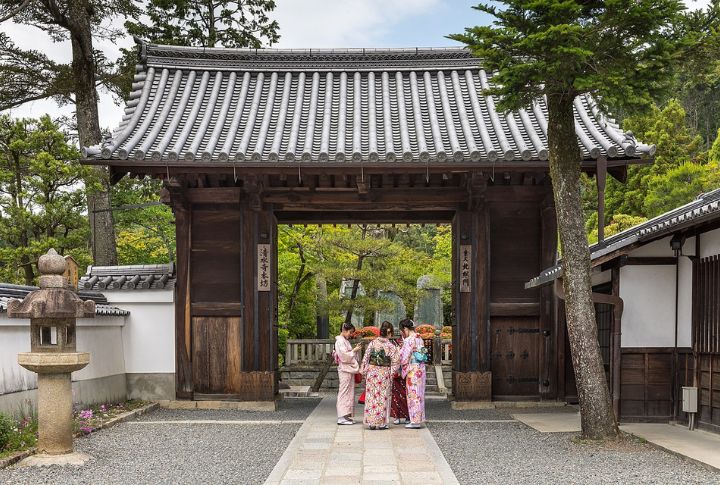
The days of unrestricted tourism are fading. As popular destinations face mounting pressure from visitors, many are taking a stand to protect their natural and cultural heritage. From remote islands to ancient cities, these twenty remarkable places are redefining what it means to be a responsible tourist destination.
Venice
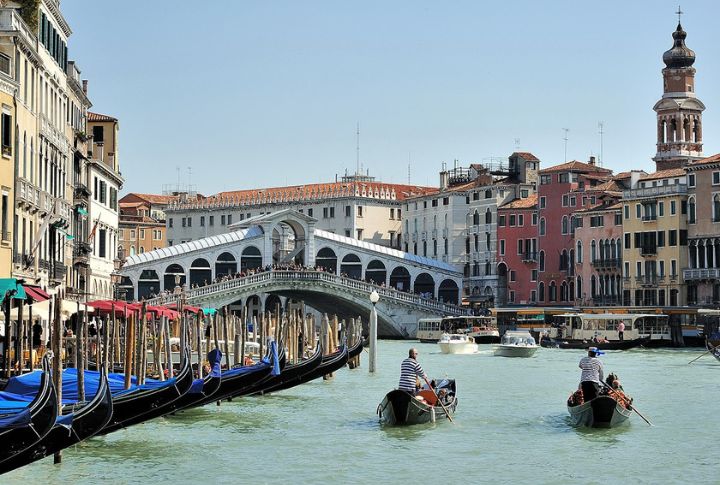
Since 2024, Venice has charged around $5 to limit the influx of day-trippers during weekends and holidays. The initiative aims to protect delicate infrastructure and prevent crowding in key areas like the Rialto Bridge. Officials estimate the fee could reduce visitors by 20% over peak periods.
Machu Picchu
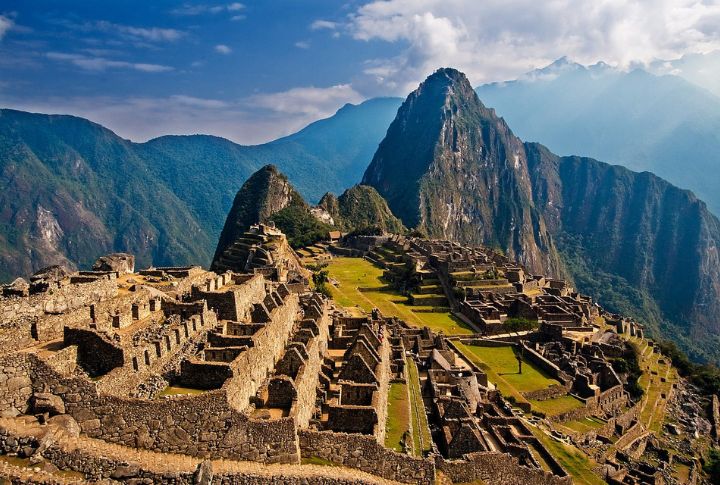
The entry system to Machu Picchu assigns visitors time slots, restricting access to protect the site from erosion. Archaeologists warn that unchecked foot traffic threatens fragile stone terraces. Through this structured approach, they hope to minimize environmental damage while allowing continued access to one of the New Seven Wonders.
Amsterdam
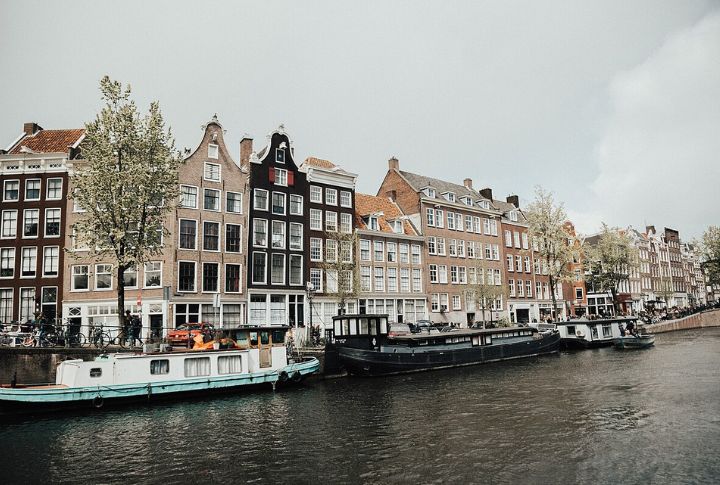
Amsterdam limits short-term rentals in selected neighborhoods to protect housing for residents. After strict enforcement, illegal rentals dropped by 15% in 2023. By prioritizing local communities, the city curbs overtourism and promotes sustainable living spaces.
Santorini
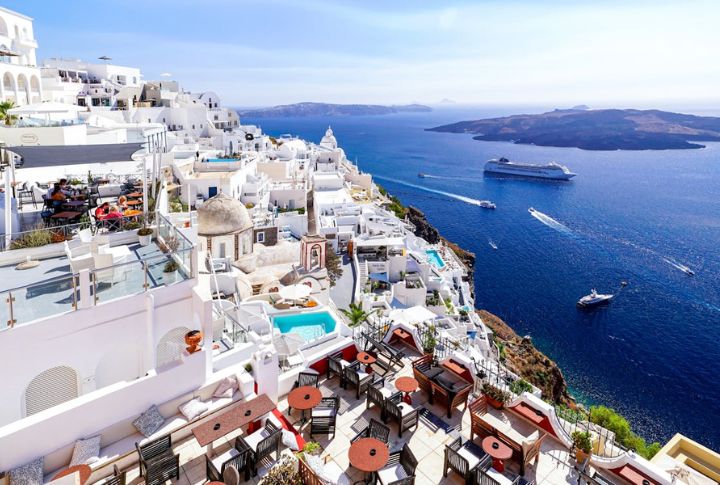
The island’s government limits daily cruise passengers to avoid congestion in Fira and Oia. In 2022, over 5 million cruise visitors overwhelmed the local transport system. This measure helps Santorini maintain its charm and ensures a smoother experience for travelers.
Barcelona
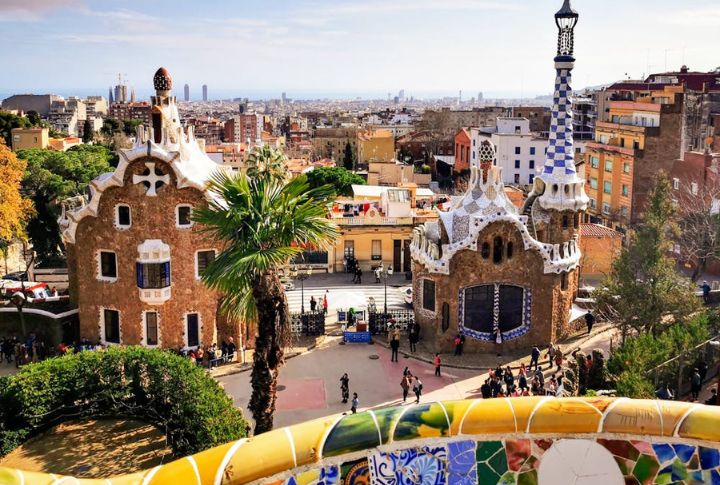
Barcelona’s balance between tourism growth and local harmony sets a precedent for other European cities. Here, timed tickets for landmarks like Casa Batlló ensure steady visitor flow throughout the day. Since implementing caps, crowding at Park Güell has decreased by 30%, preserving green spaces.
Gerd Eichmann/Wikimedia Commons
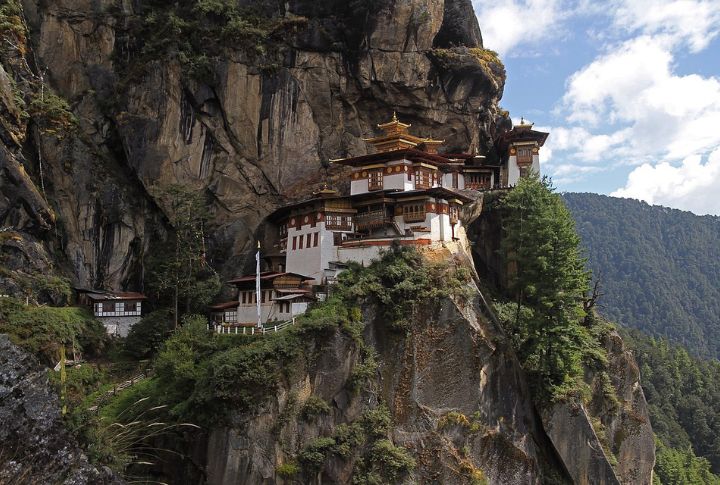
Bhutan’s Sustainable Development Fee (SDF) rose to $200 per person in 2022. This policy limits mass tourism, ensuring only affluent visitors experience Bhutan’s rich cultural heritage. The fee supports education and healthcare, sidewise making tourism a direct contributor to national welfare.
Dubrovnik
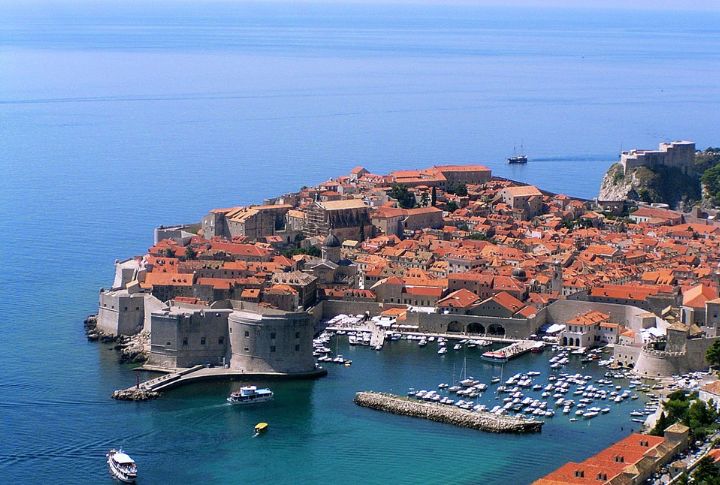
Dubrovnik allows no more than two large cruise ships daily to prevent strain on the Old Town’s narrow streets. This policy, implemented in collaboration with UNESCO, protects medieval architecture. In 2023 alone, the city saw a 12% decline in footfall and relieved local congestion.
Kyoto
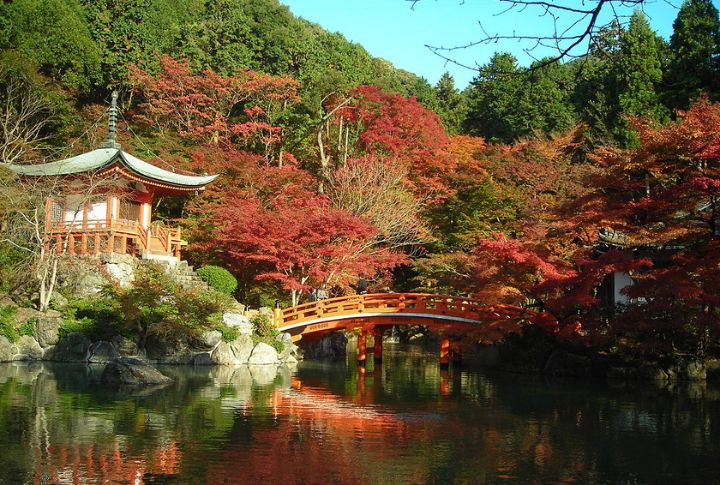
The Japanese town promotes temple visits during winter and summer than they would for the usual peak seasons. The city’s marketing campaign highlights lesser-known sites like Daigo-ji while spreading visitor numbers beyond the famed Kiyomizu-dera. This seasonal redirection diversifies the local economy.
Phuket
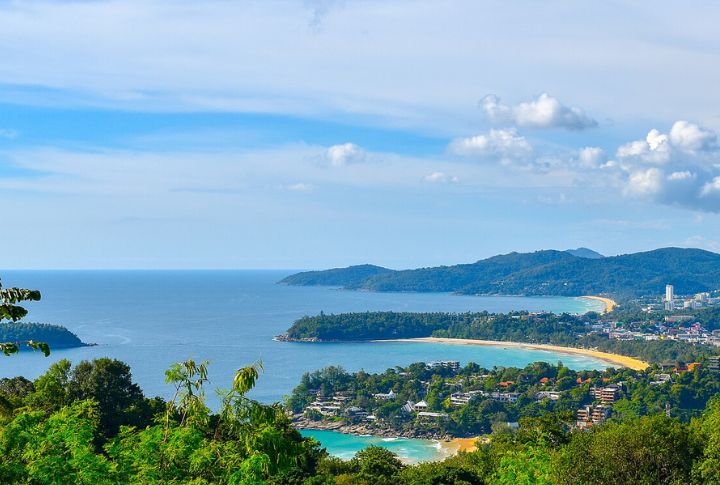
One of the most famous islands enforces visitor caps on Maya Bay and limits access to 375 people per hour. This comes after a degradation of biodiversity was noticed in Phuket. Since reopening after a three-year closure, marine biodiversity has increased by 30%, which further proves that the policy is a success.
Hallstatt
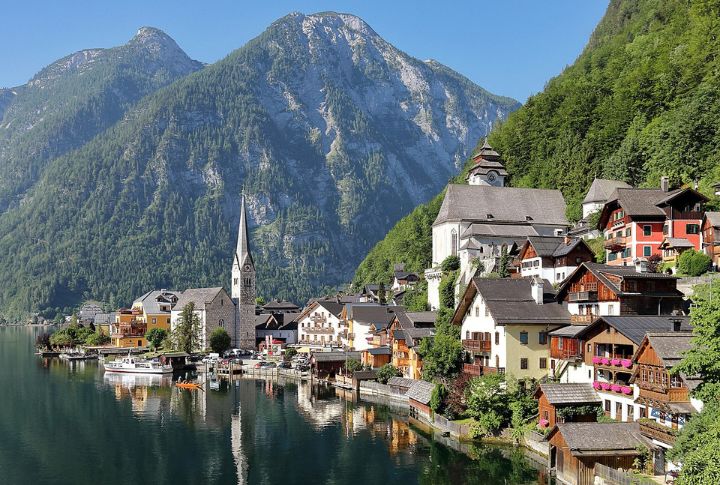
This Austrian town has installed fences along key viewpoints to prevent crowding on private property. Known for inspiring Disney’s Arendelle, Hallstatt attracts up to 10,000 visitors daily. Hence, controlled access routes preserve residents’ privacy while allowing visitors to capture iconic sceneries responsibly.
Florence
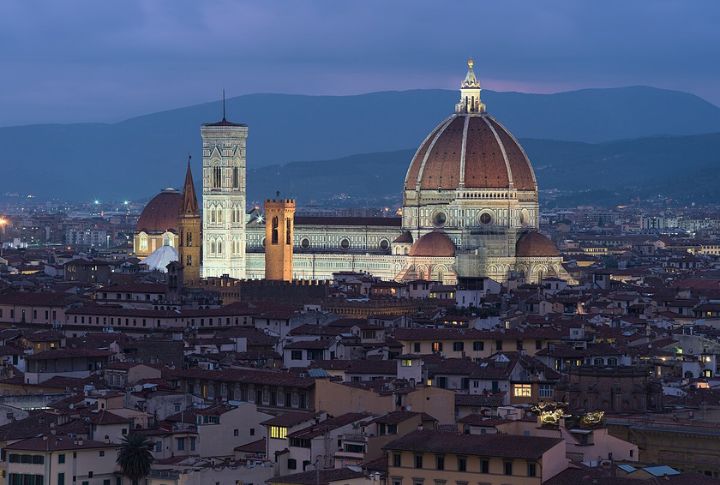
In a bid to curb unauthorized Airbnb listings, Florence prohibited key boxes in UNESCO-protected zones in 2023. This policy caused a noticeable 20% drop in illegal rentals within the historic center. Designed to combat overtourism, the move preserves Florence’s cultural integrity and safeguards its world-renowned heritage.
Pompeii

To look after its fragile history, Pompeii now caps daily visitors at 15,000. Experts credit this measure with reducing strain on the ancient site and helping protect its iconic mosaics and frescoes. Smaller crowds mean a more meaningful experience while safeguarding the ruins for future generations.
Boracay
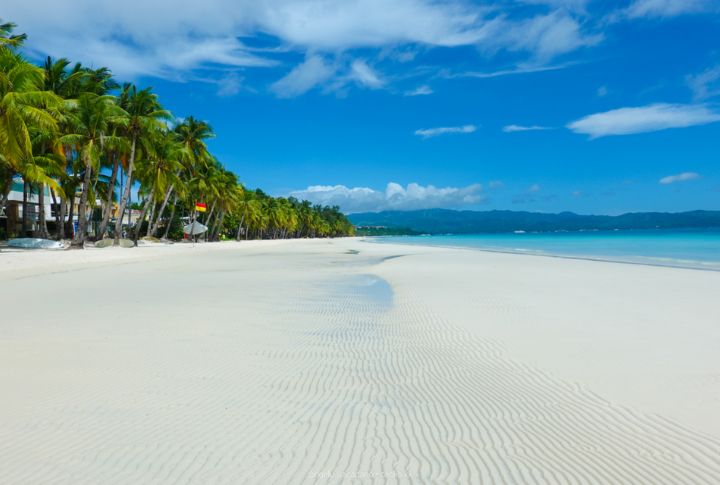
Over 2,000 illegal establishments opened to cater to the surged tourist demand were shut down here. The problem was fixed by limiting the number of visitors to 19,200, and the island now features improved waste management systems and stricter water quality monitoring, resulting in long-term ecological recovery and sustainable tourism practices.
Iceland
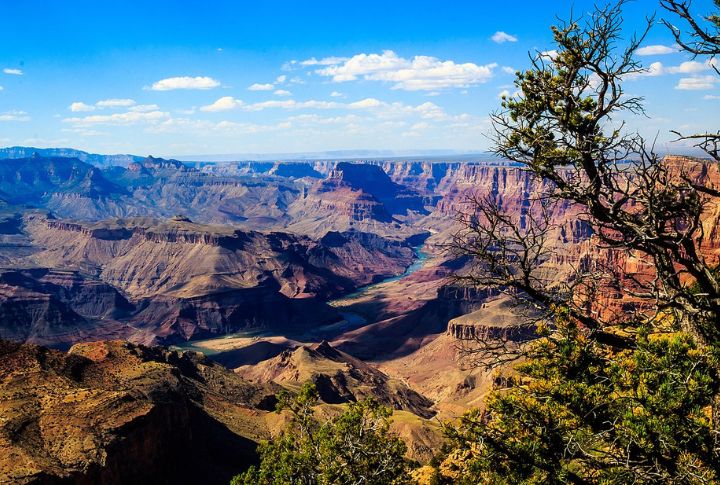
During nesting seasons and fragile periods, Iceland closes down access to selected areas, including Fjaðrárgljúfur Canyon, to protect wildlife and vegetation. These restrictions, prompted by increased foot traffic from tourism spikes, have proven vital for maintaining the country’s unique landscapes and biodiversity.
Cinque Terre
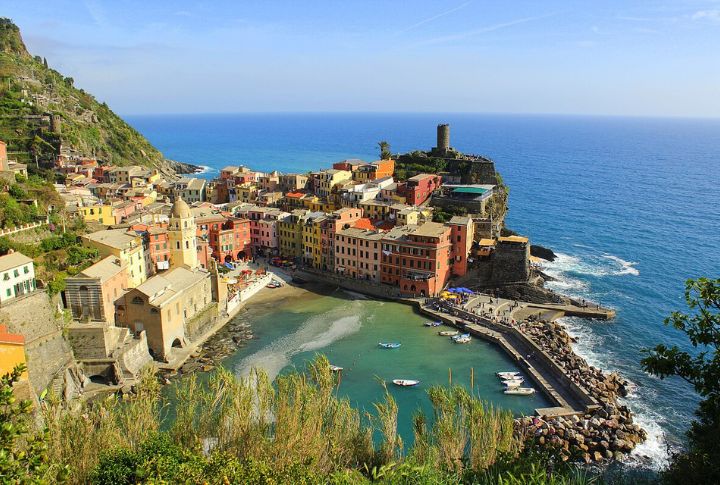
Being a UNESCO Heritage site, it’s natural for tourists to be drawn to the iconic trails of Cinque Terre. But it’s not in Italy’s best interest. Authorities draw a line on allowed tourist numbers as they aim to prevent erosion and maintain the villages’ charm. It’s not secrecy but promoting sustainable tourism.
Angkor Wat

Introducing ticketed zones, Angkor Wat now limits access to high-traffic areas like the Bakan Sanctuary. These steps help reduce erosion on ancient sandstone carvings and fund advanced restoration techniques. The initiative balances cultural preservation with nearly two million annual visitors.
Galápagos Islands
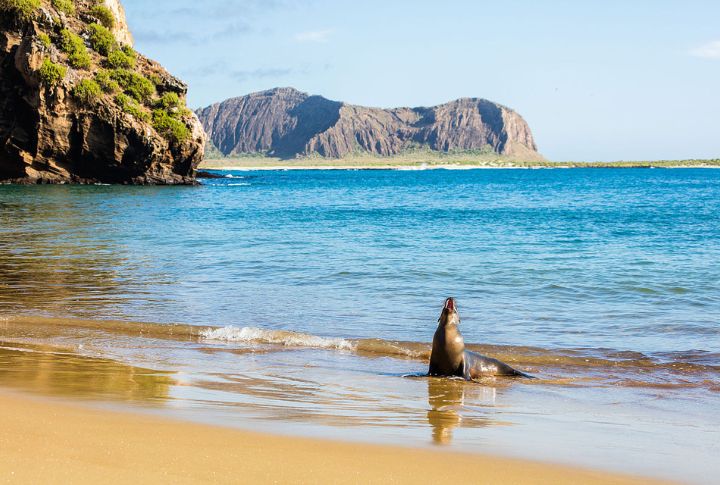
The iconic islands of Ecuador restrict cruise sizes to 100 to limit human impact on sensitive habitats. Smaller groups mean less disturbance to iconic species like giant tortoises and sea lions while allowing guided experiences to focus on conservation. This initiative guards the archipelago’s unique ecosystem.
Yosemite National Park
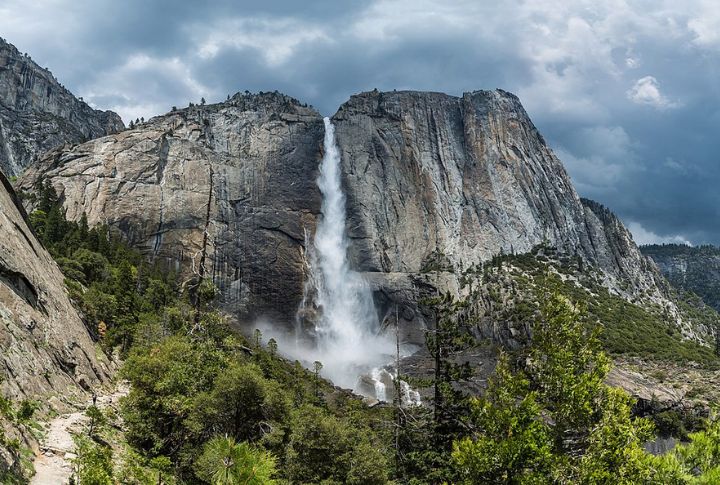
Tourists are not too welcome here, and this is shown in the Yosemite National Park’s reservation system. During peak season, visitor numbers can swell to over 600,000 in a single month, which explains why they limited access. It resulted in safer hiking conditions on popular trails like Mist Trail and reduced traffic jams.
The Komodo Islands
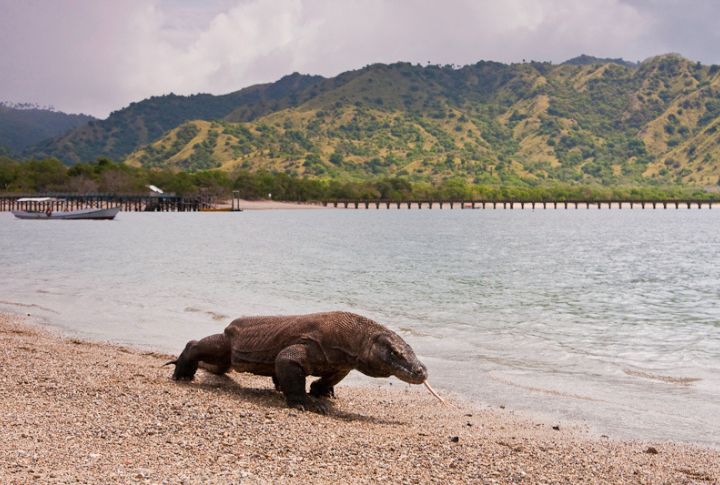
Indonesia’s Komodo National Park has restricted access to protect its iconic residents. Limiting visitors to 5,000 each month allows the dragons to roam freely with less human interference. This strict quota safeguards the delicate ecosystem while ensuring both dragons and tourists avoid dangerous close encounters.
Uluru-Kata Tjuta National Park

Uluru, sacred to the Anangu people, banned climbing entirely in 2019. The decision came to conserve the rock’s cultural significance while minimizing environmental degradation caused by tourist traffic. Visitor education programs now focus on Indigenous heritage and offer a deeper appreciation of the area’s spiritual and ecological importance.
